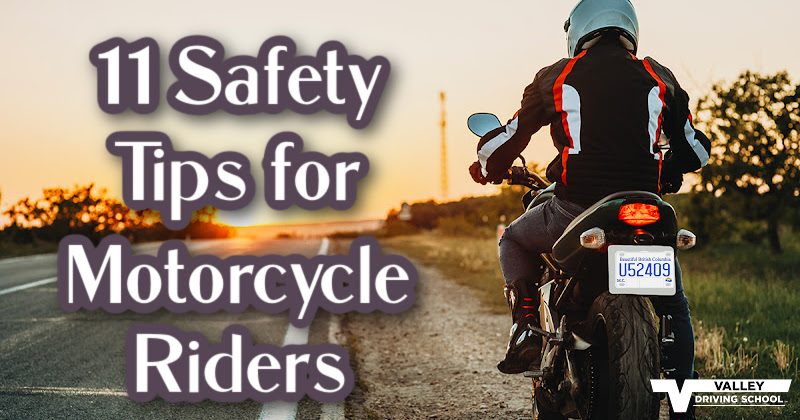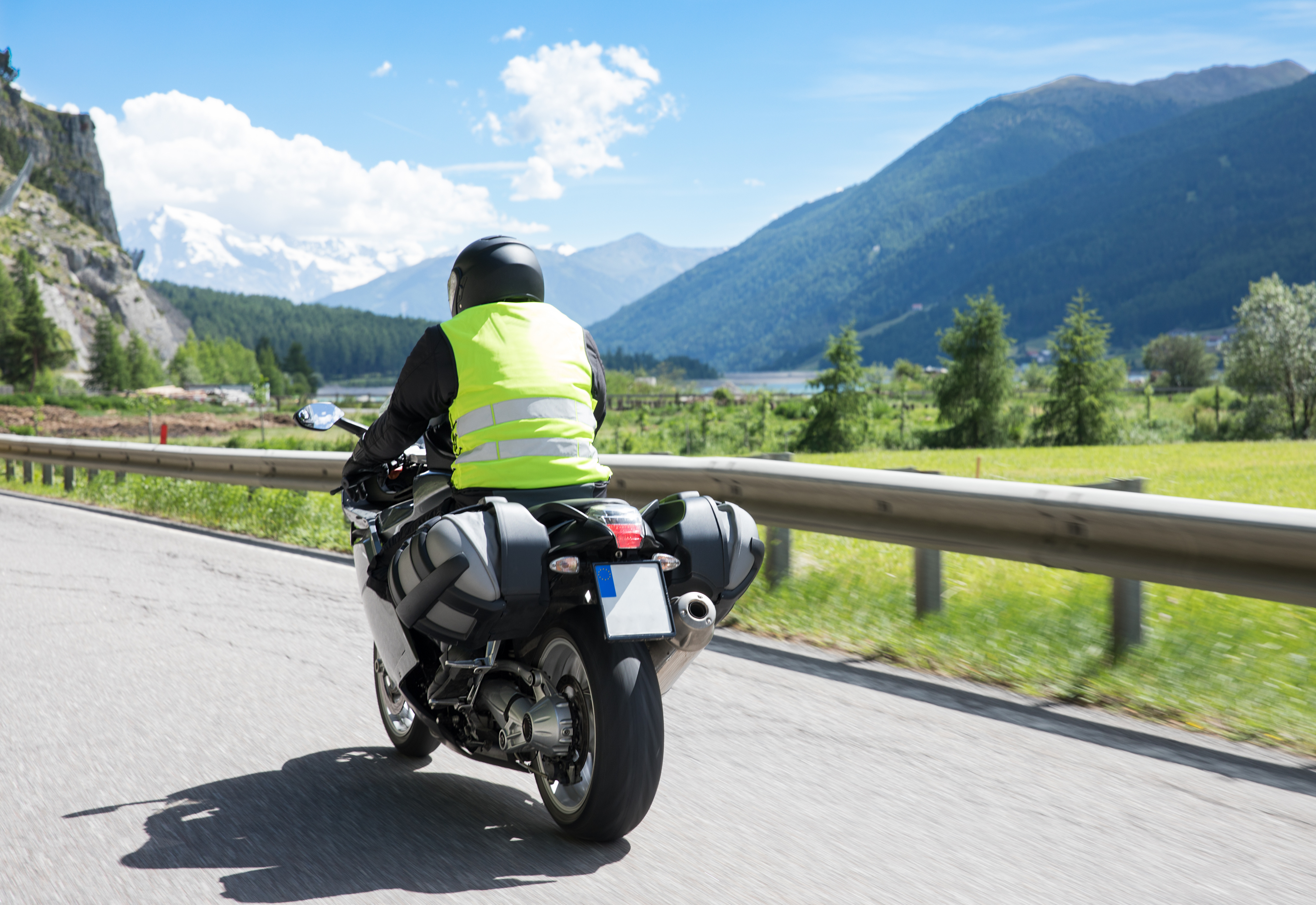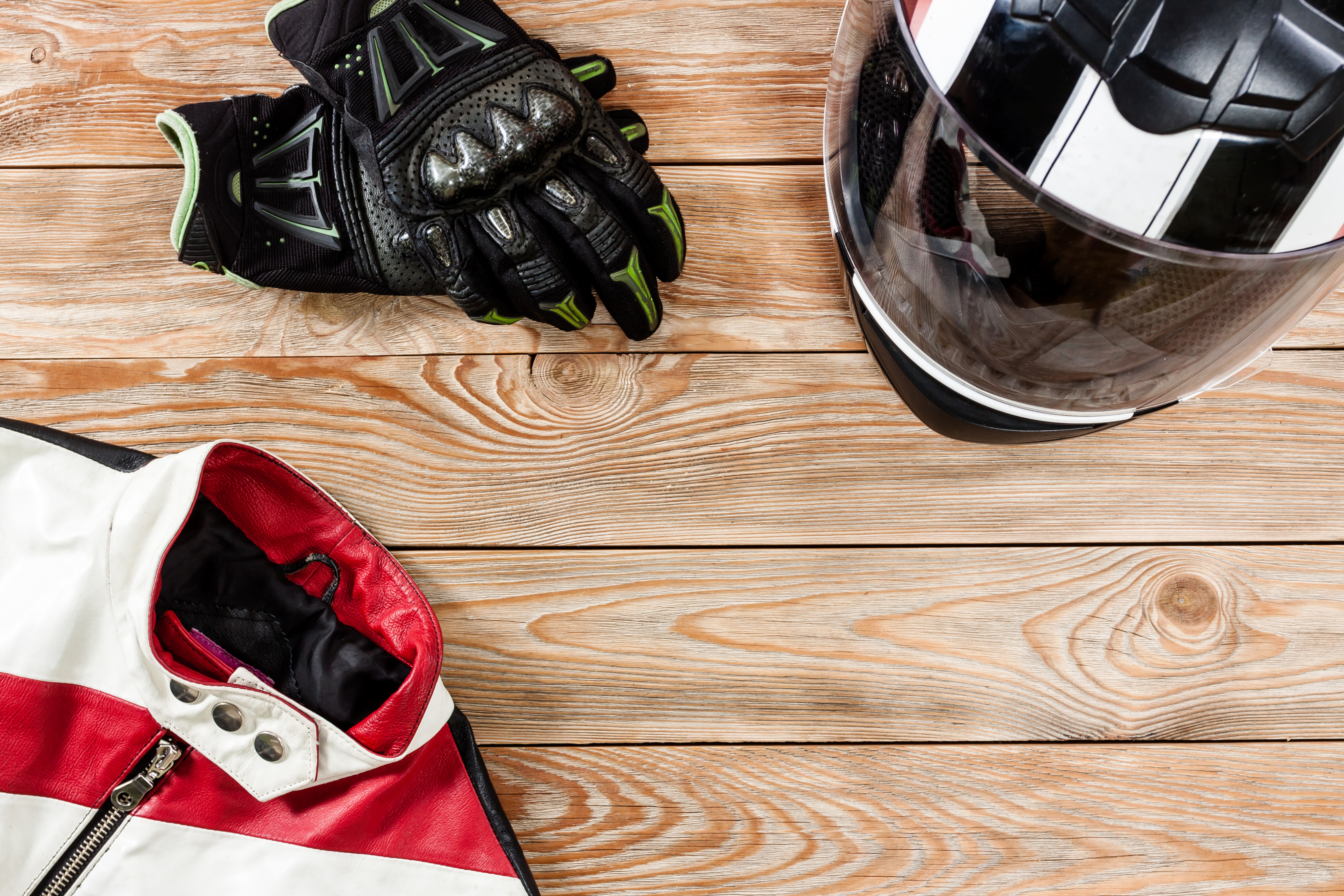Motorcycle riders make up a unique global community of adrenaline junkies, freedom chasers and vehicle enthusiasts. Riding a motorcycle gets the blood pumping, it offers stress release, it sharpens reflexes and it fosters a sense of unspoken camaraderie amongst other riders that is like no other.

The benefits of owning and riding a motorcycle are plentiful but even the most experienced motorcyclist would admit that it can be dangerous for those who don’t take motorcycle safety and responsibility seriously. Reviewing motorcycle safety procedures is important for both new and experienced riders alike so we’ve put together a tried and tested list of tips for anyone looking to brush up on their motorcycle safety.
How safe are you on the road? Read through our list outlining challenges that riders face, and the solutions to them, and put your personal procedures to the test!
Visibility
 1. Always wear reflective gear. This will help you catch the attention of other motorists on the road, especially during nighttime conditions. You can also keep a high-visibility vest handy, and put this on during nighttime or poor weather conditions.
1. Always wear reflective gear. This will help you catch the attention of other motorists on the road, especially during nighttime conditions. You can also keep a high-visibility vest handy, and put this on during nighttime or poor weather conditions.
2. Always check your blind spots! Before making a lane change, coming to a stop, or moving away from another vehicle, you need to shoulder check to make sure your blind spot is clear, then signal, then shoulder check again.
3. Other motorists’ blind spots matter too! Stay out of others’ blind spots by checking your own vigilantly, staying alert and employing non-verbal communication - such as eye contact - with others on the road.
4. Pre-trip your bike before every ride, ensure that all lights and signals are working and the lenses are clean and clear.
The Elements
5. Always check weather and road conditions before riding and proceed with caution. Depending on the season, you can find yourself having to ride amongst loose gravel, potholes, slush, or ice.
6. Turbulence and wind conditions can greatly affect your balance while riding. If you find yourself caught in an unexpected windstorm, riders should ride below the windscreen to keep as streamlined as possible and to reduce the friction of the wind. Keep in mind that not all motorcycles have a windscreen, so you’ll need to take this into consideration when you’re riding in windy conditions.
7. Wind buffeting is a common issue that riders face, and refers to the turbulent wind flowing around the windshield, front fairings and helmet, causing the riders head and/or neck to shake involuntarily. To reduce wind buffeting, keep your distance from large trucks and vehicles that you are following or passing. This can be easily accomplished by adjusting your lane positioning.
Gear - Always dress for safety and comfort!
 8. Kevlar or leather jackets are most effective in protecting the rider in the event of a crash or skid.
8. Kevlar or leather jackets are most effective in protecting the rider in the event of a crash or skid.
9. Non-skid boots or shoes, that cover your ankles, are recommended for optimal grip and shifting.
10. Riding gloves reduce handlebar friction on the hands, and you don’t want something that is too bulky so you have full control while riding.
11. A full face helmet provides ultimate protection from the elements and in the event of an accident. Make sure that your helmet is DOT or ECE approved, and is not past its expiry. It is also recommended that you replace your motorcycle helmet after any kind of crash, even if there doesn’t appear to be any damage.
--
Motorcyclists are thrill-seekers - they fall in love with the freedom only a bike can provide on their very first ride - and they are passionate, but true riders always prioritize safety, too. As the nice weather comes back to BC, make sure you’re riding safely and defensively and you’ll have another great riding season!

